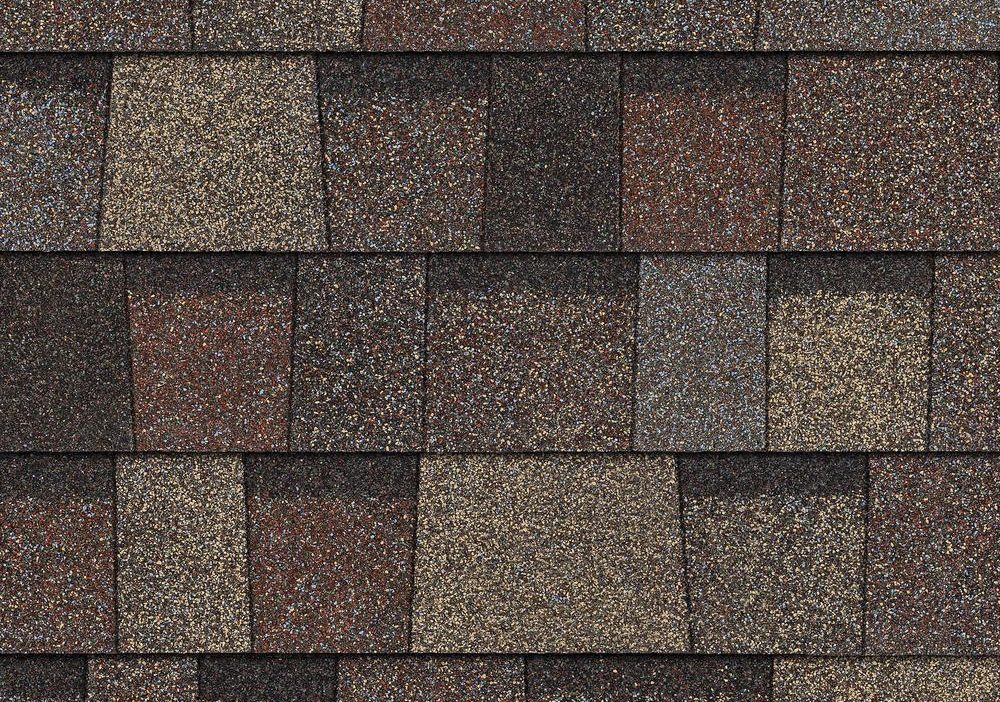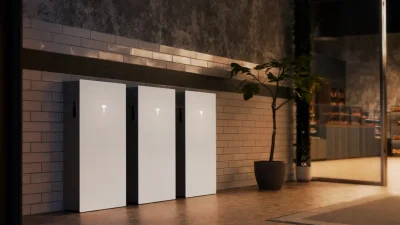Table of Contents
- Why Roof Materials Matter for Solar Power
- Top Solar Friendly Roofing Materials
- Roof Characteristics That Impact Solar Performance
- Installation Considerations for New Builds
- Costs and Longevity of Solar Friendly Roofs
- Eco Benefits and Sustainability Factors
- Choosing the Right Roofing Contractor
- Conclusion and Next Steps
Why Roof Materials Matter for Solar Power
Selecting the right roofing material is crucial when planning to add solar panels to a new home. Your choice affects installation costs, energy generation efficiency, roof lifespan, and long term performance. Not all roofing materials are equally compatible with solar panels. Some make installation straightforward and cost effective while others present challenges that can complicate your project.
Solar panels require a stable, supportive surface that can hold mounting racks securely over decades. Materials like asphalt shingles, tile, metal, and composite all interact differently with solar hardware. Additionally, the reflectivity, durability, and weight bearing ability of your roof will impact the solar system’s efficiency and safety.
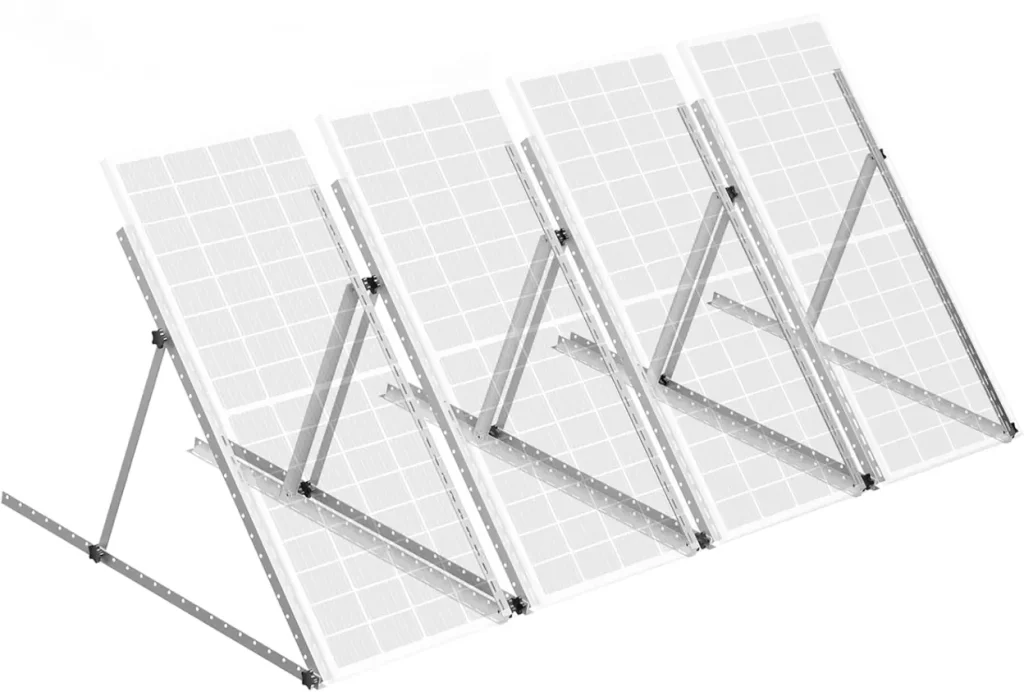
By understanding the relationship between solar power and roofing materials, homeowners and builders can make informed decisions that maximize financial and environmental returns.
Top Solar Friendly Roofing Materials
When you’re planning your new build, choosing a solar friendly roof material from the start offers significant advantages. Below are the most popular roof types for solar installations, each with distinct benefits:
- Asphalt Shingles
Widely used and budget friendly, asphalt shingles make solar installations straightforward. They’re compatible with conventional solar mounting hardware and are lightweight, making them suitable for most new homes. However, their lifespan may not always match that of solar panels, which can last over 25 years. - Standing Seam Metal Roofing
Metal roofs, especially those with standing seams, are considered the best option for solar. The seams allow direct attachment of panel brackets without drilling, which preserves waterproofing and speeds up installation. Metal roofs often outlast solar panels and are fire resistant, lightweight, and highly durable. - Clay or Concrete Tile Roofing
Common in warmer climates, tile roofs can be paired with solar but require special mounting hardware. Installers must often remove and cut tiles to secure brackets, which can increase labor time and costs. On the positive side, tiles are very durable and energy efficient. - Synthetic or Composite Shingles
Made from rubber or plastic, composite shingles mimic traditional shingles but are more durable and resilient. Many types support easy solar panel mounting and can offer a longer lasting alternative to asphalt. - Slate Roofing
Slate is elegant and long lasting, but its weight and brittleness make solar installation challenging and expensive. Homeowners attracted to slate should work only with highly experienced solar installers to avoid damaging this premium material.
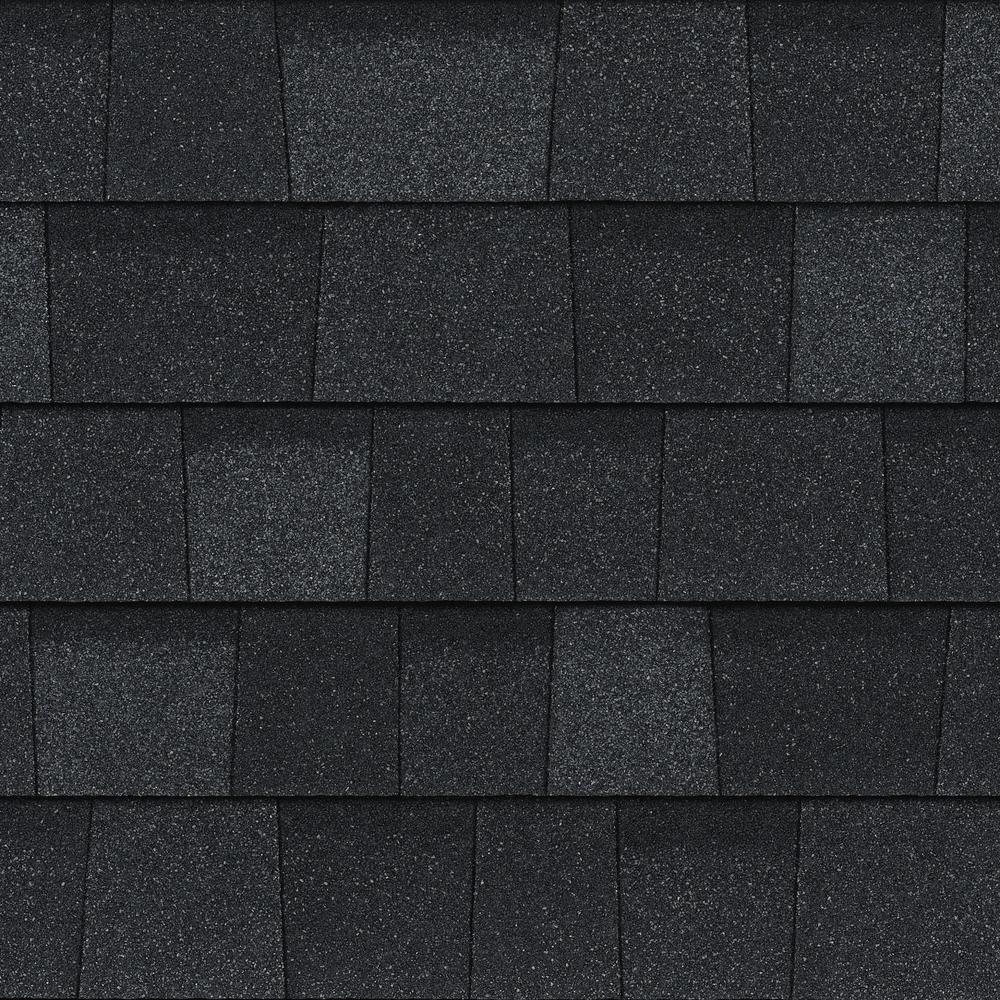
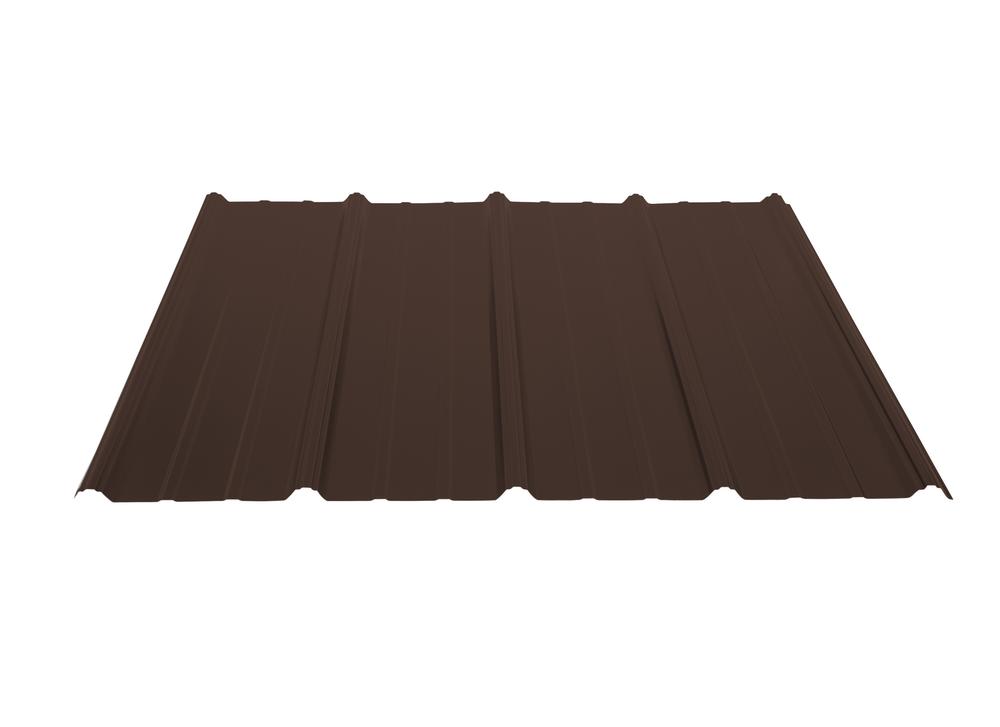
Pro Rib® is a top choice in the post frame industry and growing in popularity for residential roofing, siding, and light commercial uses. These panels deliver high performance with features like superior hail and wind resistance (up to 200 MPH), Class A fire rating, and environmentally friendly manufacturing. Made from ASTM-A653, grade 80 steel, Pro Rib® panels are custom cut to fit your project and backed by a 40 year limited paint warranty. Discover quality, durability, and honest specs with Pro Rib® Steel Panels.
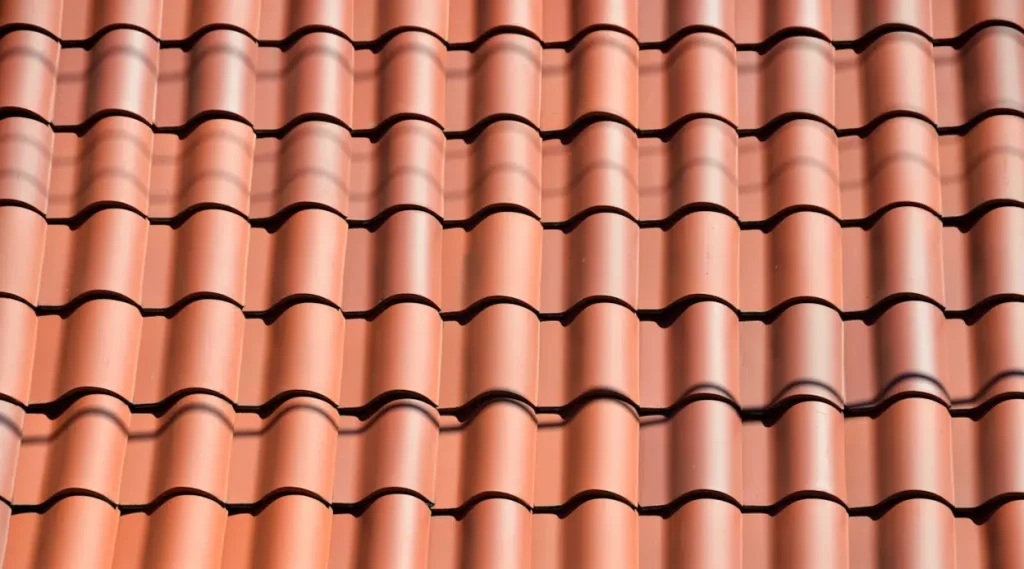
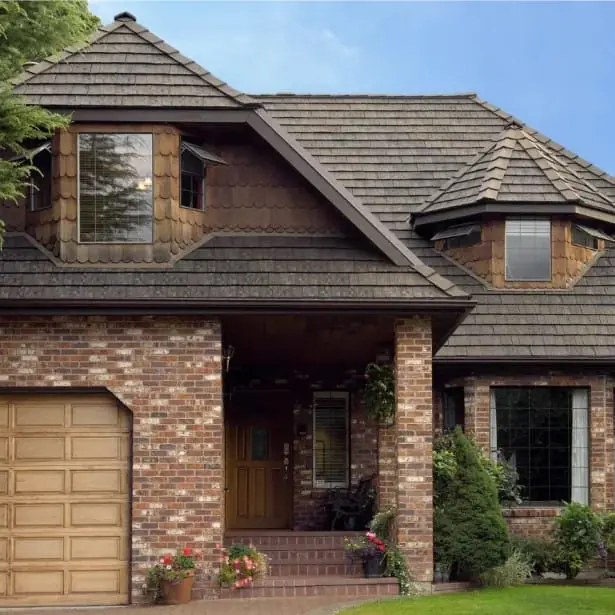

Each material above varies in price, aesthetics, and structural considerations. The best choice balances long term savings, energy efficiency, and architectural goals.
Roof Characteristics That Impact Solar Performance
Aside from material type, the characteristics of your roof play a key role in how well a solar energy system will work. Proper planning ensures optimal panel performance and maximizes system output.
- Roof Orientation: A south facing roof in the Northern Hemisphere receives the most sunlight, increasing solar system efficiency. East and west facing roofs produce less, while north facing roofs typically are not ideal for solar.
- Roof Pitch (Slope): The tilt angle should align close to your home’s latitude for best results. Most solar panels can adapt to common roof pitches, but extremely steep or flat roofs may require custom racking.
- Shade Exposure: Trees, chimneys, or nearby buildings can reduce the amount of sunlight reaching your roof, which directly impacts solar power generation. Conducting a shade analysis during planning is essential.
- Roof Age and Condition: Since solar panels last 25 or more years, your roof should be new or in excellent condition before installation to prevent costly removals and reinstallations later.
- Load Bearing Capacity: Your roof’s structure must safely support both the panels and any associated mounting hardware. Certain materials, such as slate or clay tile, add significant weight, so structural analysis is important.
Reviewing these factors during the design stage of your new build will save time and money while increasing solar project success rates.
Installation Considerations for New Builds
Designing a house with solar energy in mind streamlines the eventual panel installation and helps avoid many common pitfalls.
- Integrated Solar Design: Incorporate conduit pathways, electrical chaseways, or preinstalled mounting brackets during construction. This simplifies future solar installations and protects your roof’s integrity.
- Futureproofing: Even if you are not installing panels right away, laying the groundwork for them avoids expensive renovations down the road. Solar ready roofs are a growing real estate trend.
- Consulting with Solar Experts Early: Engaging a solar installer during the design phase ensures your roof layout, material, and structure are optimal for photovoltaics (PV).
- Understanding Local Codes and HOAs: Building codes, permit requirements, and homeowners association rules could impact roofing and solar plans. Research local guidelines early to avoid delays.
- Optimal Roof Size: Plan enough unobstructed space to support your target solar array size. Chimneys, dormers, vents, or skylights can limit usable square footage.
Taking a proactive approach reduces installation surprises and maximizes your home’s solar investment.
Costs and Longevity of Solar Friendly Roofs
Roofing material selection influences both upfront and lifetime costs for homeowners pursuing solar energy. Here’s what to consider as you budget your new construction:
- Asphalt Shingles:
Among the most affordable, with typical lifespans of 20 to 30 years. Since solar panels often last longer, you may face roof replacement costs before panel lifespan ends. - Standing Seam Metal:
More expensive initially, but can last 40 to 70 years often outlasting multiple generations of solar panels. Lower long term maintenance and excellent durability help offset the higher upfront cost. - Clay/Concrete Tiles:
Mid to high range pricing. Lifespan can exceed 50 years with proper care, but installation labor for solar can be higher due to additional hardware needs. - Synthetic Shingles:
Vary in cost, but typically last 30 to 50 years. The longer lifespan can better match today’s solar module warranties. - Slate:
The costliest roofing type, but boasts a lifespan of 75 to 100 years. Installation complexity and weight require additional engineering consideration.
Beyond initial costs, factor in roof maintenance and potential repair expenses. Roofs that outlast your solar system mean fewer disruptions and lower total ownership costs.
Eco Benefits and Sustainability Factors
Building a solar friendly home goes hand in hand with eco friendly materials and sustainable design. Roofing materials and construction practices both affect your home’s carbon footprint and energy performance.
- Recyclable Materials: Metal, clay, and certain composite shingles can be recycled at the end of their lifespan. Asphalt shingles, though common, are less sustainable due to petroleum content and lower recyclability.
- Embodied Energy: Consider the environmental impact involved in producing, transporting, and installing the material. Metal roofs, while energy intensive to produce, often balance out due to longevity and recyclability.
- Cool Roofing Options: Reflective metal roofs, tiles, and even some composite materials reflect more sunlight, reduce heat absorption, and enhance overall solar system efficiency.
- Green Certifications: Look for roofing materials certified under standards such as Energy Star, LEED, or other sustainability programs to further boost your home’s eco friendly profile.
Sustainable roofing choices not only create a greener home environment but can also increase the value of your property and improve energy efficiency.
Choosing the Right Roofing Contractor
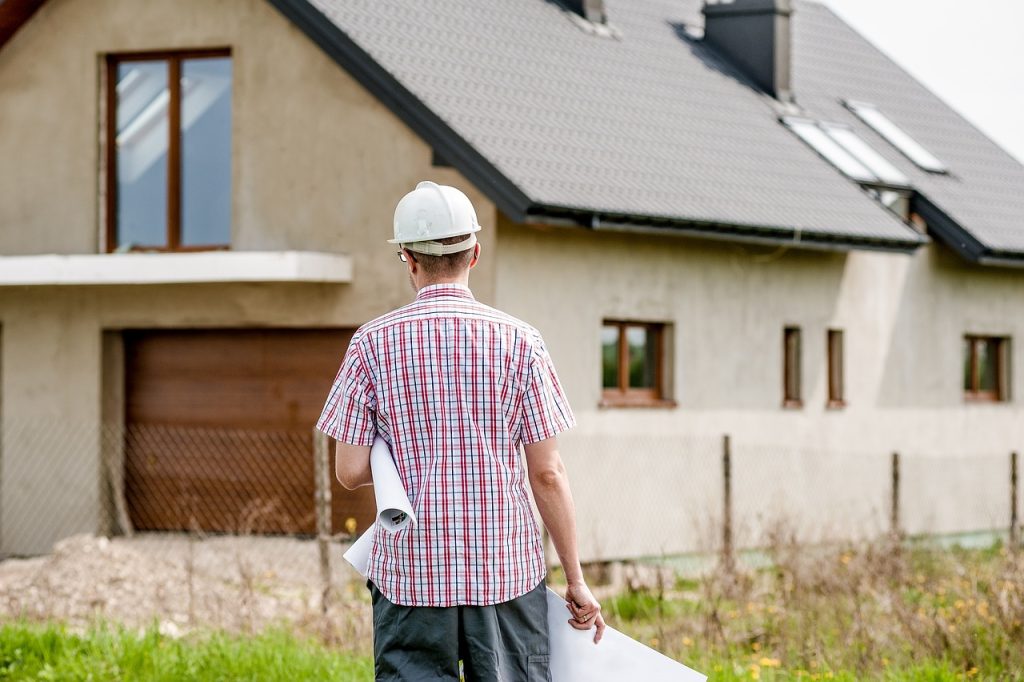
Partnering with an experienced roofing contractor and solar installer is essential for maximizing your new build’s solar potential. Here are some tips to ensure you make the right choice:
- Proven Solar Experience: Ensure your roofing contractor has worked with solar systems and understands the unique requirements for solar friendly roofs.
- Certified and Licensed: Check for the required state or municipal licenses, insurance, and credentials for both roofing and solar work.
- Integrated Service Providers: Some companies offer both roofing and solar services, streamlining coordination and reducing risks of miscommunication between trades.
- Warranty Coverage: Choose companies that back their work with strong warranties covering both the roof and the solar system.
- References and Reviews: Look for verified customer feedback or case studies of completed solar ready roofing projects.
A knowledgeable contractor will help you select the best materials, handle any necessary engineering, and ensure a streamlined, hassle free installation.
Conclusion and Next Steps
Finding solar friendly roof materials for new builds is an investment in both your home’s value and its environmental impact. By carefully selecting materials like standing seam metal, composite shingles, tile, or even asphalt, and considering the unique characteristics of your roof, you can create an ideal foundation for solar energy systems. Integrating solar readiness from the design phase through construction minimizes costs and protects your investment for decades to come.
As solar technology advances and residential energy prices continue to rise, futureproofing your roof is one of the smartest decisions you can make during a new build. Research local regulations, consult with experienced contractors, and weigh the sustainability benefits of materials for truly high performing, solar ready homes. Taking these steps today ensures years of lower energy bills, increased comfort, and meaningful environmental stewardship.


